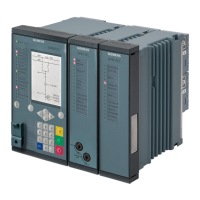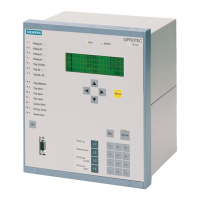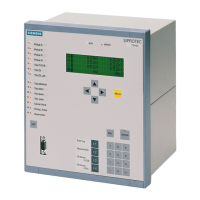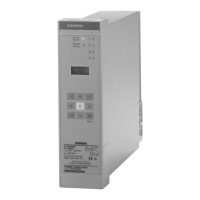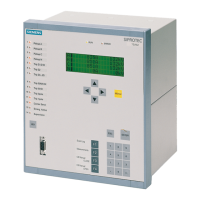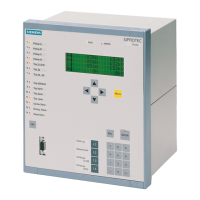Functions
2.15 Earth Current Differential Protection (ANSI 87GN,TN)
SIPROTEC, 7UM62, Manual
C53000-G1176-C149-7, Release date 03.2010
131
Figure 2-50 Tripping and restraint characteristic
In applications with direct measurement of the starpoint current (e.g. earth current differential protection for
transformers), the starpoint current is queried in addition to evaluation of the characteristic. This provides ad-
ditional restraint against CT problems such as wrong zero sequence current modeling of the phase current
transformers on side 1. The starpoint current must have exceeded the pickup current I-REF>, too.
In order to compensate differences in the primary CT current ratings, the currents are matched to the current
ratings of the protected object.
Restraining Measures
The purpose of the earth current differential protection is the detection of low-current faults. This involves a sen-
sitive setting. A significant source of errors of the protection function are differences in the transient transfor-
mation characteristics of the phase CTs. Factors to be considered here are different DC transformation char-
acteristics and saturation conditions.
Spurious tripping of the protection in the presence of external earth faults must be avoided.
An basic rule for this is the use of matched phase current transformers, so that their CT error current (resulting
zero sequence current) under steady-state conditions is minimal.
Further restraining measures include:
• Additional evaluation of the starpoint current (see above)
Only in the presence of an earth fault can a current flow through the starpoint CTs. This helps to avoid spu-
rious tripping under no-fault conditions caused by transmission errors of the phase current transformers.
This measure is also effective for faults without earth involvement. A prerequisite for using this measure is
the presence of a starpoint CT in the application. It usually cannot be used for generators in busbar connec-
tion.
• Evaluation of the zero sequence current direction
This monitoring functions aims at preventing spurious tripping in the presence of external earth faults. It does
so by evaluation of the zero sequence current direction. Under ideal conditions, the currents must be in
phase during an internal earth fault, and in phase opposition during an external earth fault. The threshold
angle is 90°. The next picture shows that monitoring is divided into 2 zones. Where fault conditions are def-
inite, tripping is immediately activated (zone I) or blocked (zone III). In zone II, an additional measurement
is performed before a decision is made. Where the zero phase currents are too small (zone IV), the direction
criterion is ineffective, and 0° is assumed.
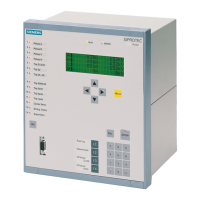
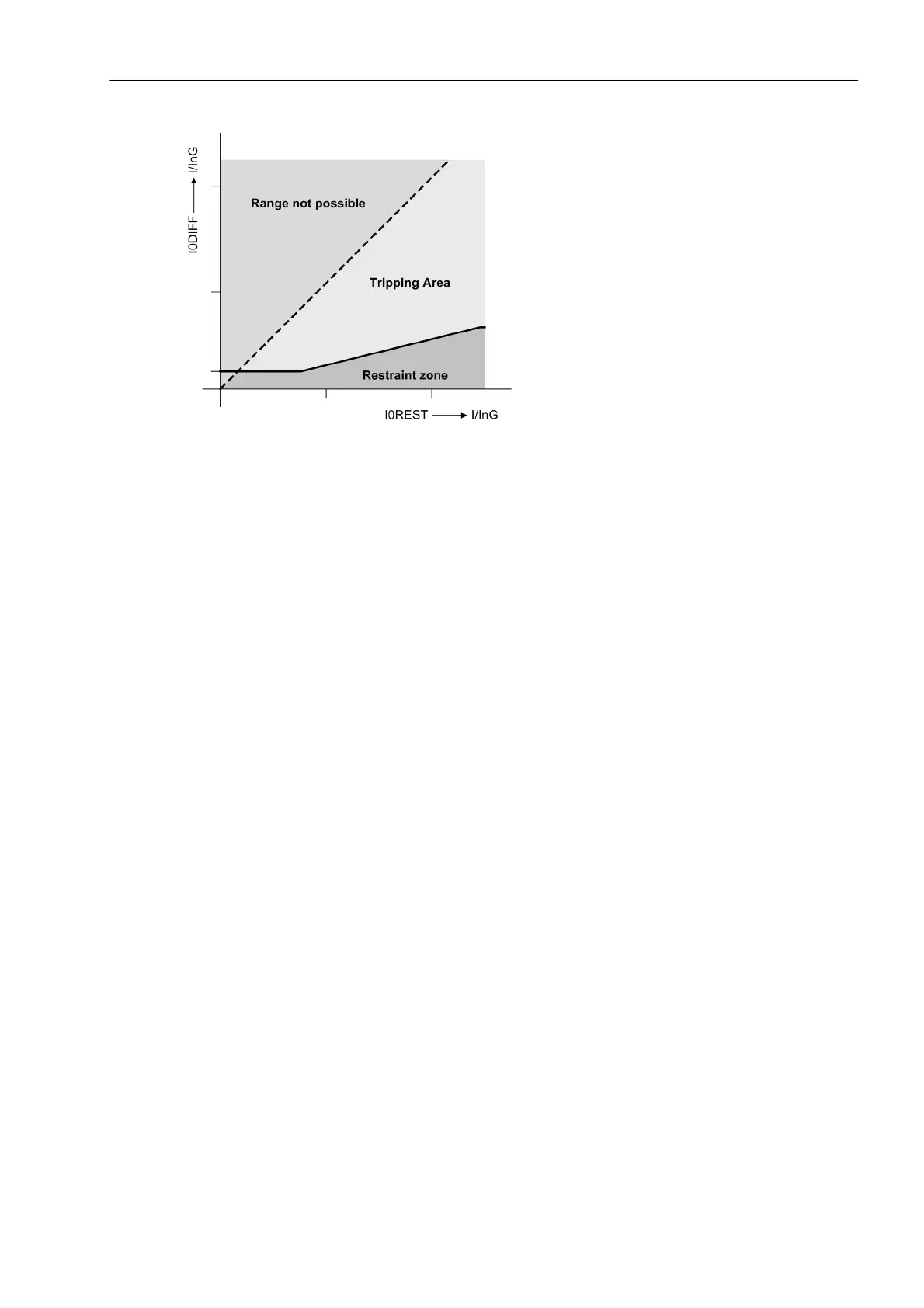